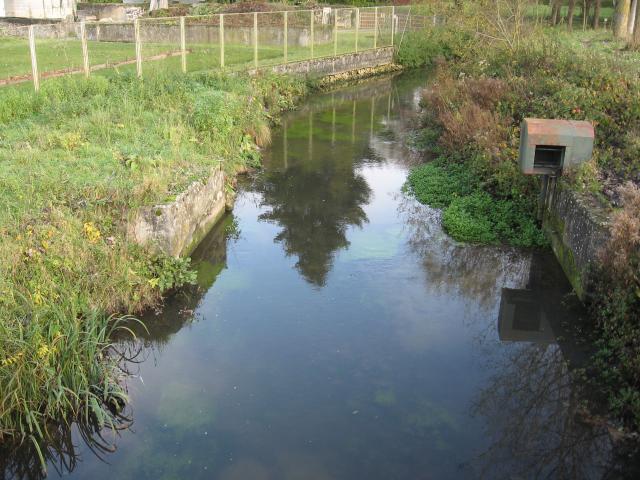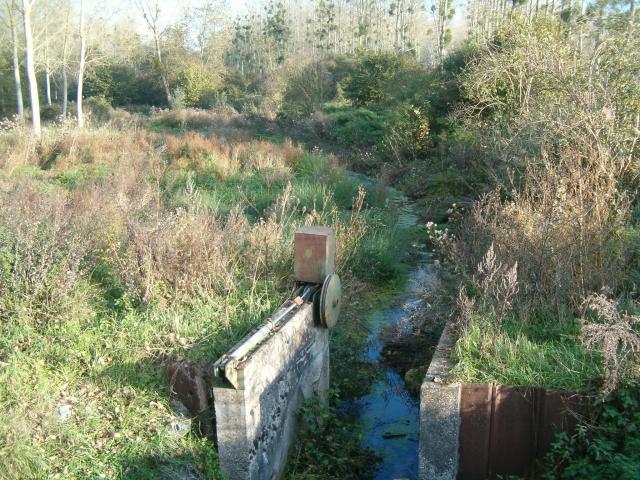Introduction
The River Couasnon flows into the River Authion in two arms after a journey of 39.6 kilometres. The 14 km upstream of the Baugé urban area are classified as a fishery in the first category and the rest of the river is classified as second category. The river was resized and straightened during the 1970s and 1980s. Numerous hydraulic structures line the river and affect its hydraulic operations. 27 flaps and 5 flow splits were installed for agricultural requirements in addition to the 11 mills that already existed. Approximately two-thirds of Couasnon’s flows are diverted into the mill structures and reaches.
The cleaning and straightening operations, in addition to the installation of hydraulic structures, caused the water quality to drop and damaged habitats. The structures prevented the free movement of fish, caused the siltation of the river, led to the proliferation of aquatic vegetation and increased the water temperature. They also led to the disappearance of the brown trout in the upstream section of the river.
Therefore, the pumping of water from the Couasnon for irrigation is now prohibited, thus rendering many of the structures useless. The restoration carried out by the Syndicat intercommunal pour l’aménagement du Couasnon (SIAC Intermunicipal Association for the Development of the Couasnon) forms part of a Contrat restauration entretien (CRE- Restoration and Maintenance Contract), signed in 2004, whose purpose is to establish free-flowing water (“Regain a natural low flow”) and diversify habitats (“Ensure the free movement of fish”). The Couasnon forms part of the area of the SAGE (Water Management and Development Scheme) for the River Authion which is currently being established.





